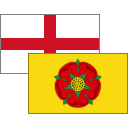
Lancaster
Jul 2019
>
 Jul 2019+
Jul 2019+
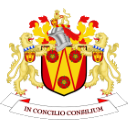
lune Unknown (river name) + ceaster Old English Roman site. Population - 52,234.
 UK
>
England
>
Lancashire
UK
>
England
>
Lancashire
Jul 2019+

Where better to start in a small, cathedral city than at the, well, cathedral although it's a little bit of a letdown cathedral-wise.

It's no Canterbury, for sure, and just the couple-of-hundred years old, this one, and also not the reason, as you lot well know, to be wandering around what's officially a 'city'.
That's more down to the Duchy of Lancaster lining the Kings' and Queens' coffers over the centuries although the grateful granting wasn't given until 1937 by Geordie VI.
It does, however, set the tone for a very tempting town, sorry 'city', even though some of the boastful architecture came off the back of the slave trade but more on that in a minute.
An important port, of sorts, even before the Romans arrived, by the mid-18th century, however, silting saw the bigger boats having to berth elsewhere, elsewhere being back in the Irish Sea.

Unsavoury cargos of cotton and passages of fare paid in enslavement were what was really going on and there's a reminder on a plinth with numbers of captured Africans and their shamefully named 'masters'.
This just behind the Lune, or the Loyne as it was then, and that's the River Lune, or the Loyne, of course. It's not an entirely enticing spectacle and other muddied comments have been observed elsewhere


Highlights include the marvellously engineered Millenium footbridge with some kind of right-angled situation making it not exactly clear just what's supporting what.
This just behind the castle and that's, well, you've probably figured that for yourselves. Lancaster Castle, however, was Lancaster Prison until 2011 with category C-ers and high-security trials hardly making it an access all areas attraction.

Not that it is, these days, neither, it's a by-appointment-only, guided tour of a situation meaning if you've just missed the last one you can either wait in the back garden or decide not to bother.
If you do decide not to bother, nobody really knows how old it is, although the Plantagenets and Richard the Lionheart get a mention, and it used to be a prison so that's just saved you a few quid, eh?
The castle connects with Lancaster Priory Church whose grounds you're free to wander around and where highlights are largely of the here lieth variety.
It's not known when she lost her head but Ann Rothwell lost her balance, trying to turn back time up the clock tower in an attempt to delay her husband's execution, they say.
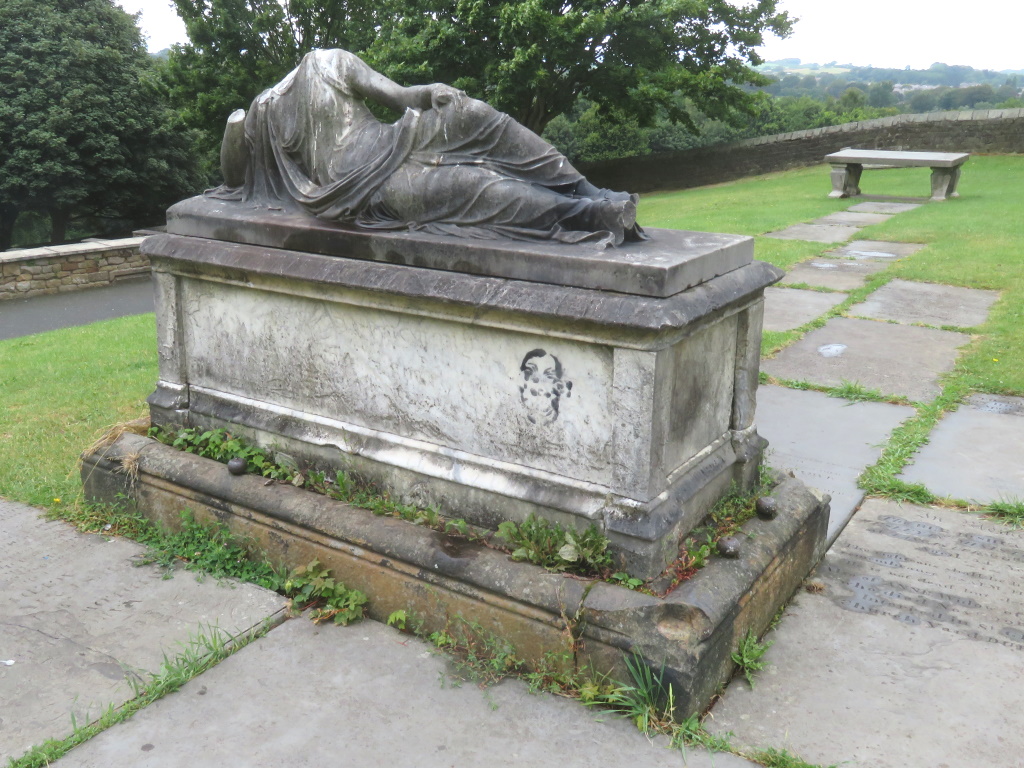
Her head's still in the priory, apparently, with funds required to fix it but did you just say execution?
Lancaster's judiciary were a notoriously noose-happy bunch and had a huge hand in helping to nickname Lancaster the 'Hanging Town'.
The Judges' Lodgings is where they would hang out themselves presiding not over any guilty or not-guilty verdicts rather simply deciding on the order of sway at the gallows.
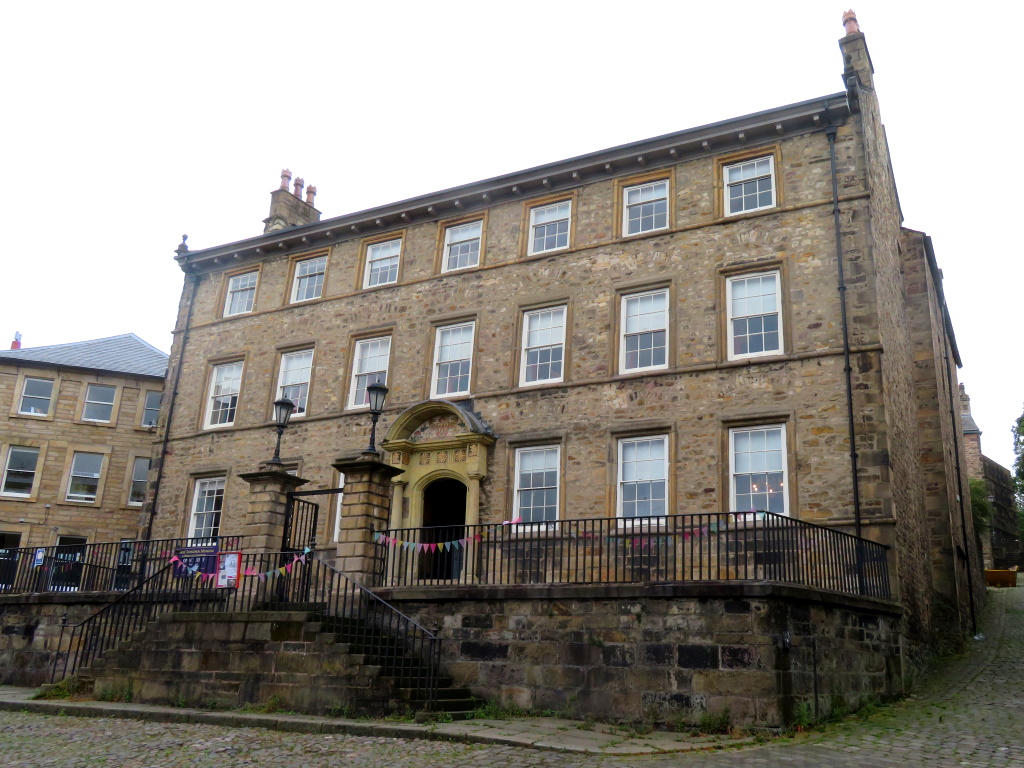
The Pendle Witches were Lancaster's most illustrious lynchings but they slightly pre-date the lodgings that clock in at 1625. That, incidentally, is the same time Ann Rothwell tried to push her husband's execution back to, buying a period to prove his innocence, possibly?
It's now a council-run museum, which may or may not still be open, concentrating on period furniture and children's toys, obviously.
From just outside, however, there's a reminder of how prisoners were paraded up to Gallows Hill for one last, very public performance. It's still Lancaster's prime piece of public greenery but a grand folly, visible in the distance, has replaced the gibbet in Williamson Park.
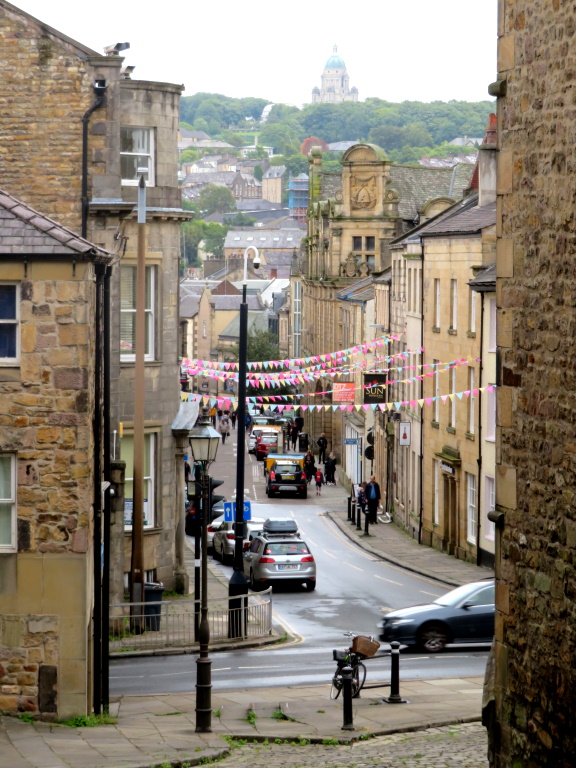
It warranted a closer look, really, but that looks like quite a haul and it's halfway to the M6 man!
It's a very enticing centre with not too much of it in 'could just about be anywhere' territory. The former Town Hall is now the Lancaster City Museum and may draw you in if the words 'own', 'king's', 'regiment' and 'royal' get you all excited.

There's something else similarly military in that the Jacobite army passed through town and the Bonnie Prince himself is said to have stayed the night, somewhere.
A vaguely informative plaque also says he was also proclaimed as 'Regent' somewhere near here and all of this in 1745.
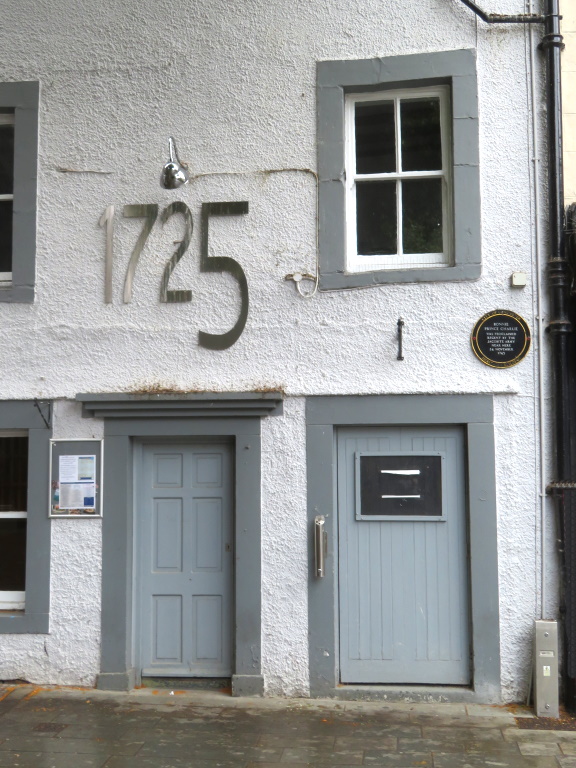
Quite why Bar 1725 is so-called isn't clear, neither, not unless that was the time Ann Rothwell tried to delay to? What is clear is they're no longer doing tapas, permanently closed, you see, and no, not because of you-know-what.
The tricolori d'ombrelli may be there to tempt you into Ristorante Etna but other Italian restaurants are available.

Buccelli's has a mainstream-looking menu during the day with a deli for distraction but on weekend evenings they serve up authentic, Roman fayre.
It was all rather marvellous despite no fried artichokes but that's a seasonal thing and they're as absent as the customers. They're all inexplicably packed into Bella Italia™ where it's unlikely Carciofi alla giudea are on the menu, even when in season.
The folly in Williamson Park is a memorial to one of the wives of Lord Ashton, AKA James Williamson, a local politician and philanthropist who made his lucre in lino.


He funded the new Town Hall and by that it's meant 1909-new and it looks like this from the front and looks like this from the back.
A statuesque Queen Vic stands guard at the front but why even mention when she's ten-a-penny on your travels?


Look underneath at the Portland stone frieze, four friezes, actually, one for all of the directions and three of them with a theme.
Prominent Victorians from the fields of arts, politics, science and, well, the north-facing one is a mixed bag for those who couldn't be categorised including Ashton himself.
It pre-dates the Town Hall by three years and, just like it, it's quite a piece of work. Not unlike the council's HQ #2 but you'll have to head to Morecambe for that.
Just like Venice, the Maritime Museum is free to locals, when open, but that's back on the river so, just like Venice, a canal now provides the waterside setting.
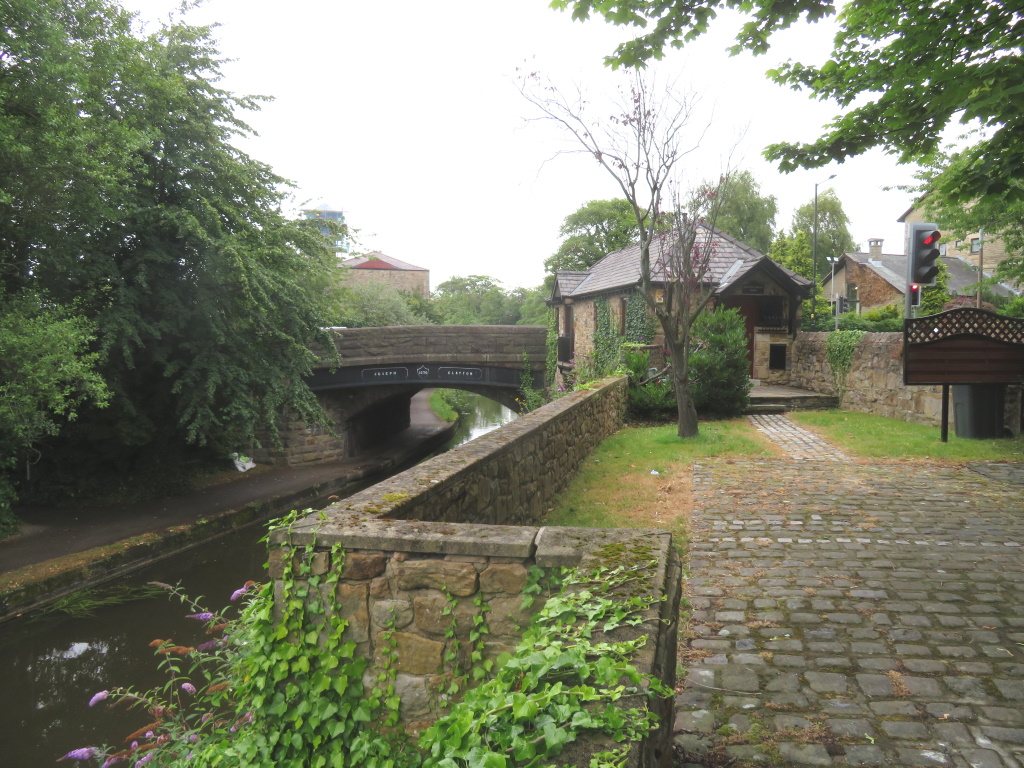
This is the Lancaster Canal, of course, and it runs 40+ miles down from Kendal after a few twists under the M6.
Just north of town, a late-18th-century aqueduct, not shown, sees the canal into Lancaster before carrying on to Carnforth until it peters out in Preston.


Canal 'Quarter' may sound ambitious, and the pace of the redevelopment seems to be matching that of the narrowboats, but some of the ongoing work into the residential and the recreational looks to be pleasantly in place.
There's lots of this sort of thing left to look at and while the Wetherspoon™s, not shown, is more of a modern aberration, Sir Richard Owen is worthy of a mention, perhaps?

The local biologist, anatomist and palaeontologist had quite a few of the 'ists' covered and he's the guy who coined the word Dinosauria in between disagreeing with and disputing Darwin to a degree.
Fascinating stuff, for sure, and while they definitely didn't, the dinosaurs that is, the Pendle Witches did and there's still plenty of reason for you to hang around.
Spoons have a tradition of naming their pubs based on the history of the town or the old building they invariably inhabit. The inevitable offering in a town of this size is called the Sir Richard Owen and it's now known who he was, eh?
There are no awards for their nearly-out-of-date ale but the Director of Contrived Waterhole Naming gets a (3/5) for this sliver of Victorian trivia.
As for inside? It's a Wetherspoon™s man!
The excitement of a random tandoori in a random UK town always delivers, as does the Sultan of Lancaster if you give them a call.
Quite a few converted churches, one of which is now home to a cinema and theatre group so plenty of tall stories still being told there, eh?
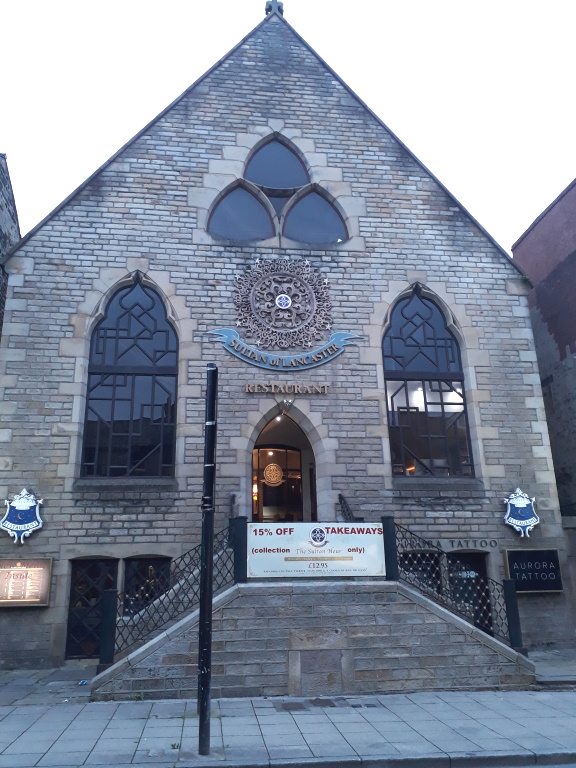
This former Methodist chapel is now the pick of Lancaster's tandoori providers, probably, and the Sultan of Lancaster is a clue that you'll be washing your Lamb Bhuna down with lassi not lager.